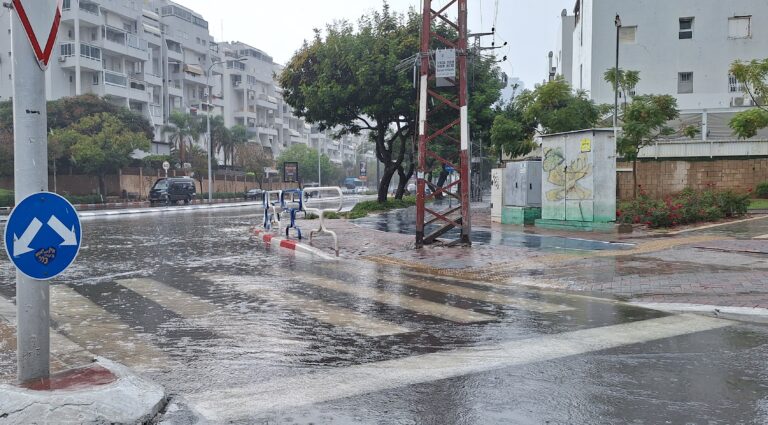BGU (Israël) : utiliser la complexité des écosystèmes pour atténuer leur réaction aux épisodes climatiques extrêmes

[:fr]
Le changement climatique et la perspective d’épisodes climatiques extrêmes plus fréquents et plus intenses, comme des sécheresses prolongées, menacent de nombreux services que les communautés végétales (composées de plusieurs espèces en interaction avec leurs semblables ainsi qu’avec des espèces différentes) fournissent aux humains. La problème est qu’un changement de structure de la communauté implique le déplacement d’espèces fonctionnelles clés et un déclin de la diversité des espèces. La grande complexité des écosystèmes, reflétée en partie par la hiérarchie de leurs niveaux organisationnels, freine les tentatives de démêler les réponses des écosystèmes aux épisodes climatiques extrêmes impliquant des mécanismes opérant à différents niveaux organisationnels.
Les scientifiques de l’Université Ben Gourion du Néguev en Israël ont découvert un aspect positif de cette complexité qui permettrait d’atténuer les effets néfastes des sécheresses prolongées en fournissant diverses voies de réponse des écosystèmes. Ils ont développé et étudié un modèle mathématique qui identifie un mécanisme de réponse opérant au niveau de la population, l’auto-organisation des plantes dans des modèles spatiaux (voir la figure ci-dessous), et un mécanisme de réponse opérant au niveau de la communauté, le passage de la communauté d’espèces investissant dans la croissance à espèces investissant dans la tolérance au stress hydrique.
En utilisant ce modèle pour étudier l’interaction entre les deux mécanismes, le Pr Ehud Meron, de l’institut Jacob Blaustein pour la recherche sur le désert, ses post-doc les Dr. Bidesh Bera et Dr. Jamie Bennett, et son ancien doctorant, le Dr. Omer Tzuk ont découvert trois idées surprenantes :
– l’auto-organisation spatiale agit pour inverser les changements de structure de la communauté induits par le stress hydrique
– elle amortit l’impact d’un stress supplémentaire
– elle génère une multi-stabilité d’états écosystémiques alternatifs et suggère de nouvelles formes de gestion des écosystèmes qui intègrent la nécessité de fournir des services écosystémiques avec la nécessité de conserver la structure de la communauté.
« Ces informations soulignent la nécessité de prendre en compte les aspects essentiels de la complexité des écosystèmes – l’auto-organisation spatiale dans ce cas – lors de l’examen des réponses possibles des écosystèmes aux extrêmes climatiques et de la conception de formes de gestion pour les écosystèmes à risque », explique le Pr Meron. « Nous nous sommes concentrés sur les zones arides, mais l’auto-organisation spatiale se produit également dans les zones humides, telles que les tourbières hydriques et les marais salants, ou sous-marine dans les herbiers marins, et des conclusions similaires peuvent également s’appliquer à ces systèmes ».
La recherche a été soutenue par la Fondation israélienne des sciences (subvention n° 1053/17).
Le Pr Meron est titulaire de la chaire Phyllis et Kurt Kilstock en physique environnementale des zones arides.
Traduit et adapté par Esther Amar pour Israël Science Info
[:en]
BGU effects change, locally, regionally and internationally. With faculties in Engineering Sciences; Health Sciences; Natural Sciences; Humanities and Social Sciences; Business and Management; and Desert Studies, the University is a recognized national and global leader in many fields, actively encouraging multi-disciplinary collaborations with government and industry, and nurturing entrepreneurship and innovation in all its forms.
[:]







